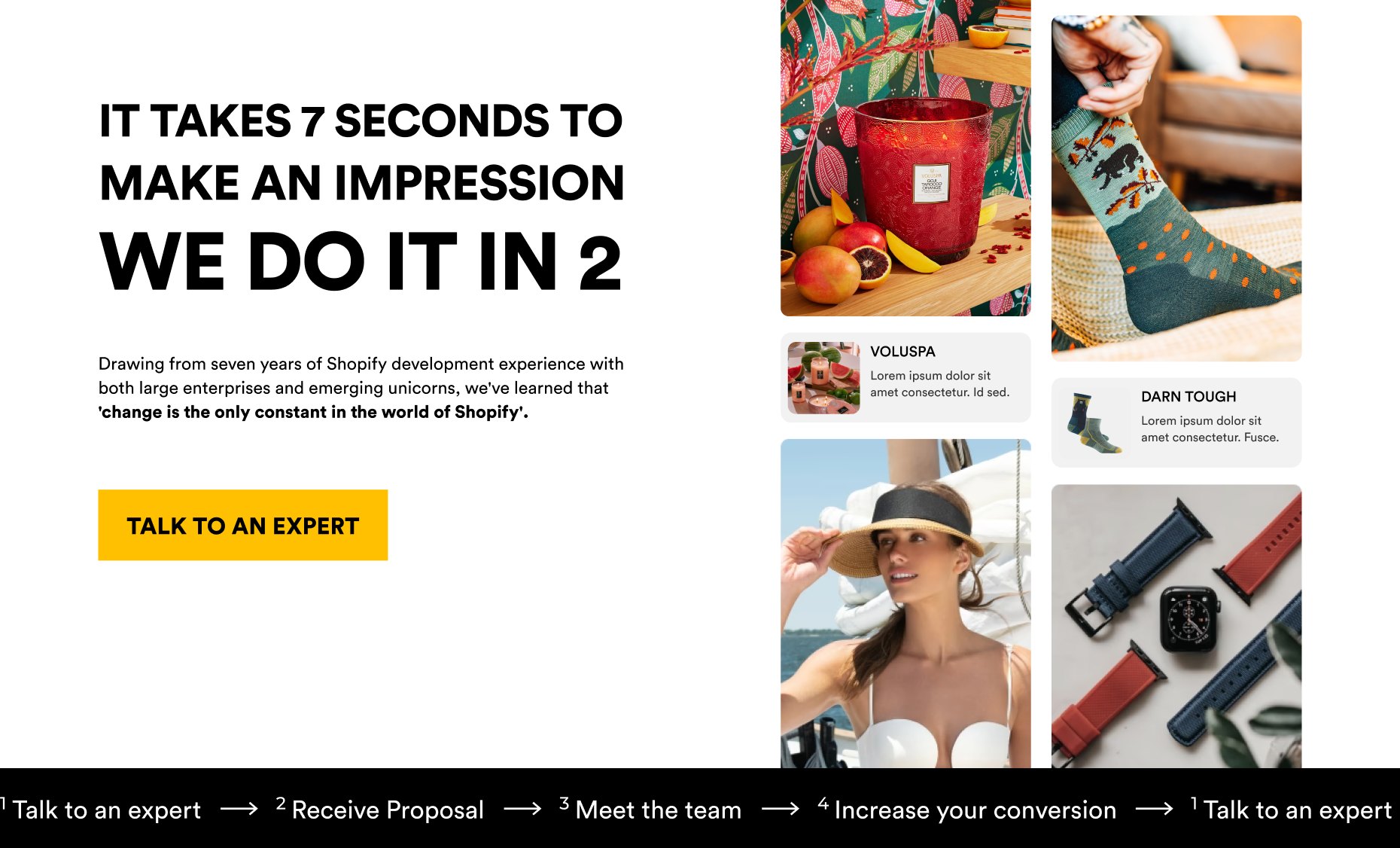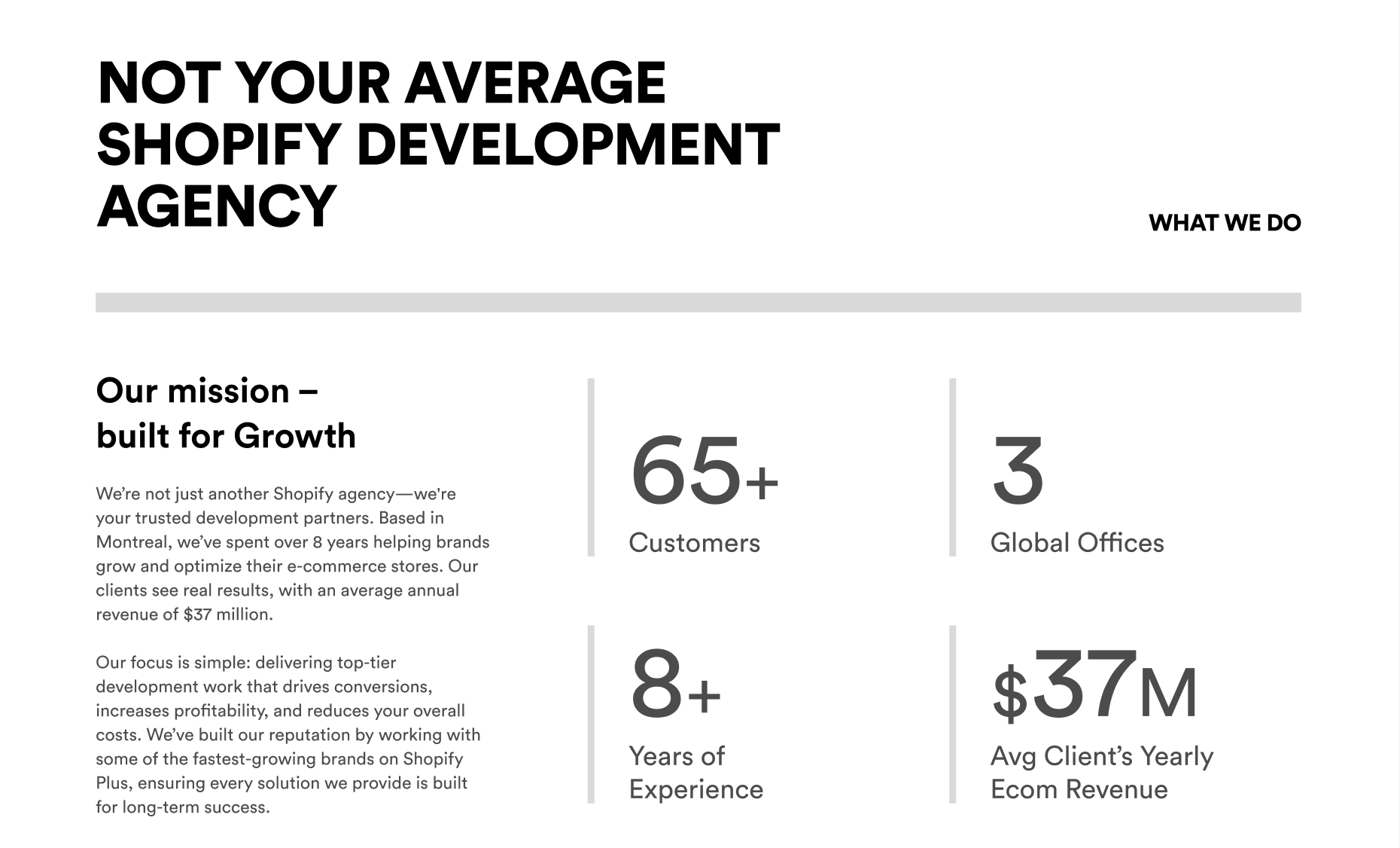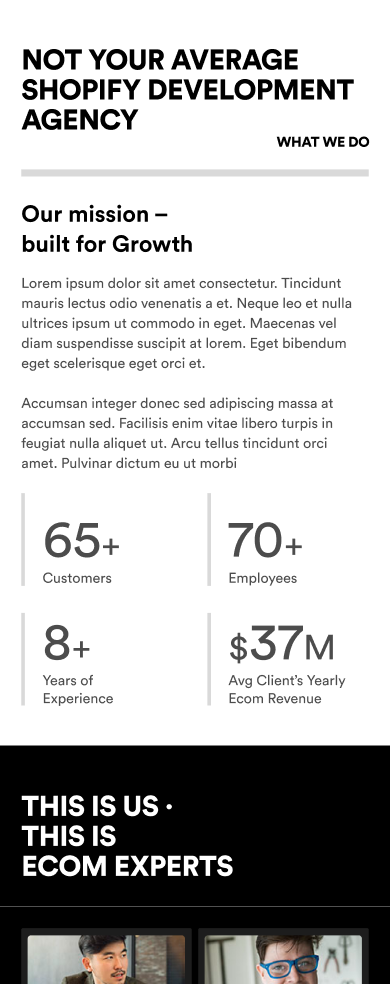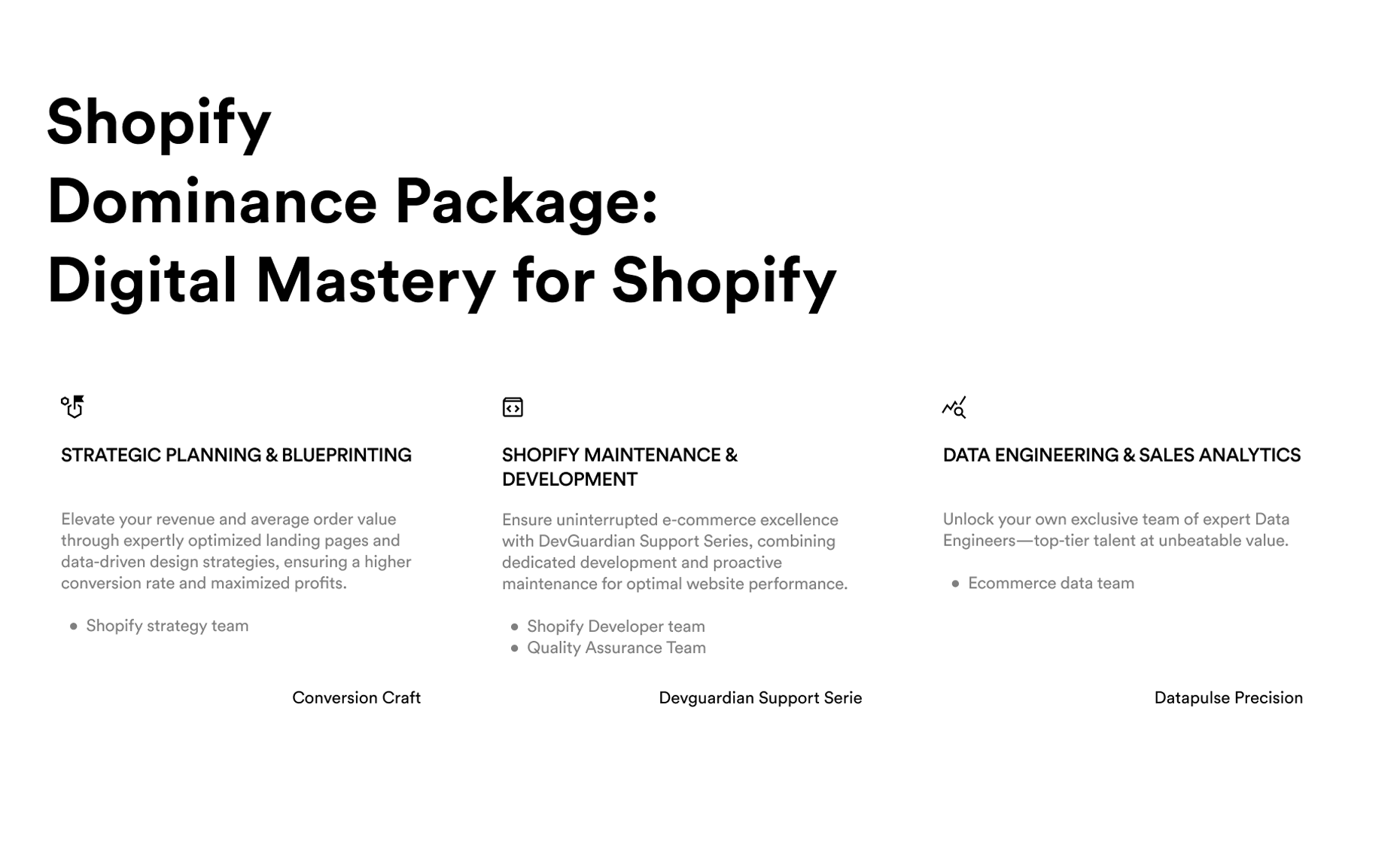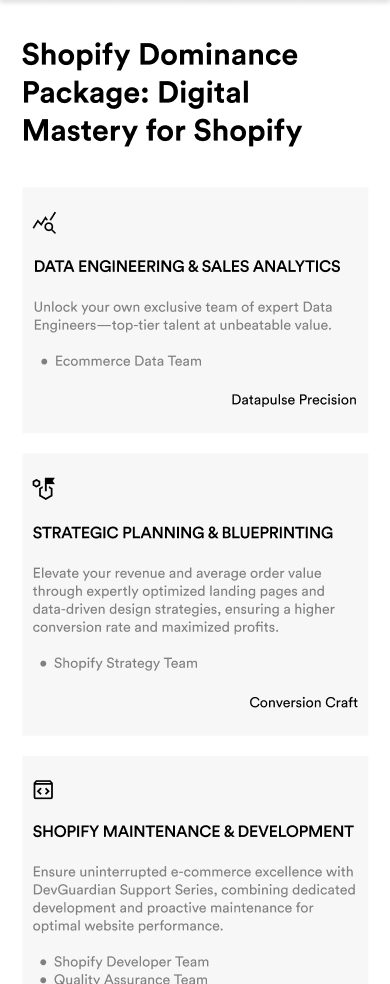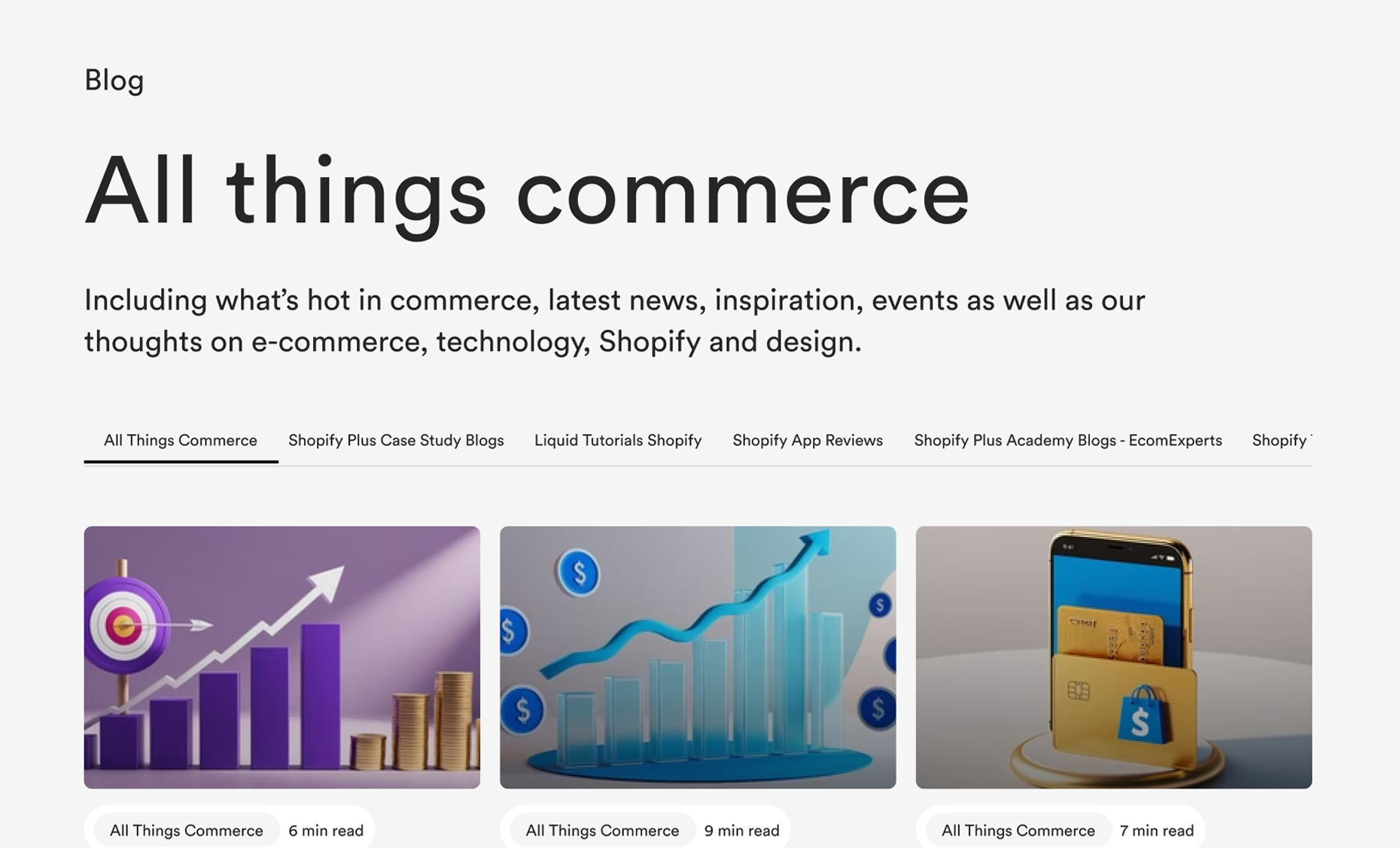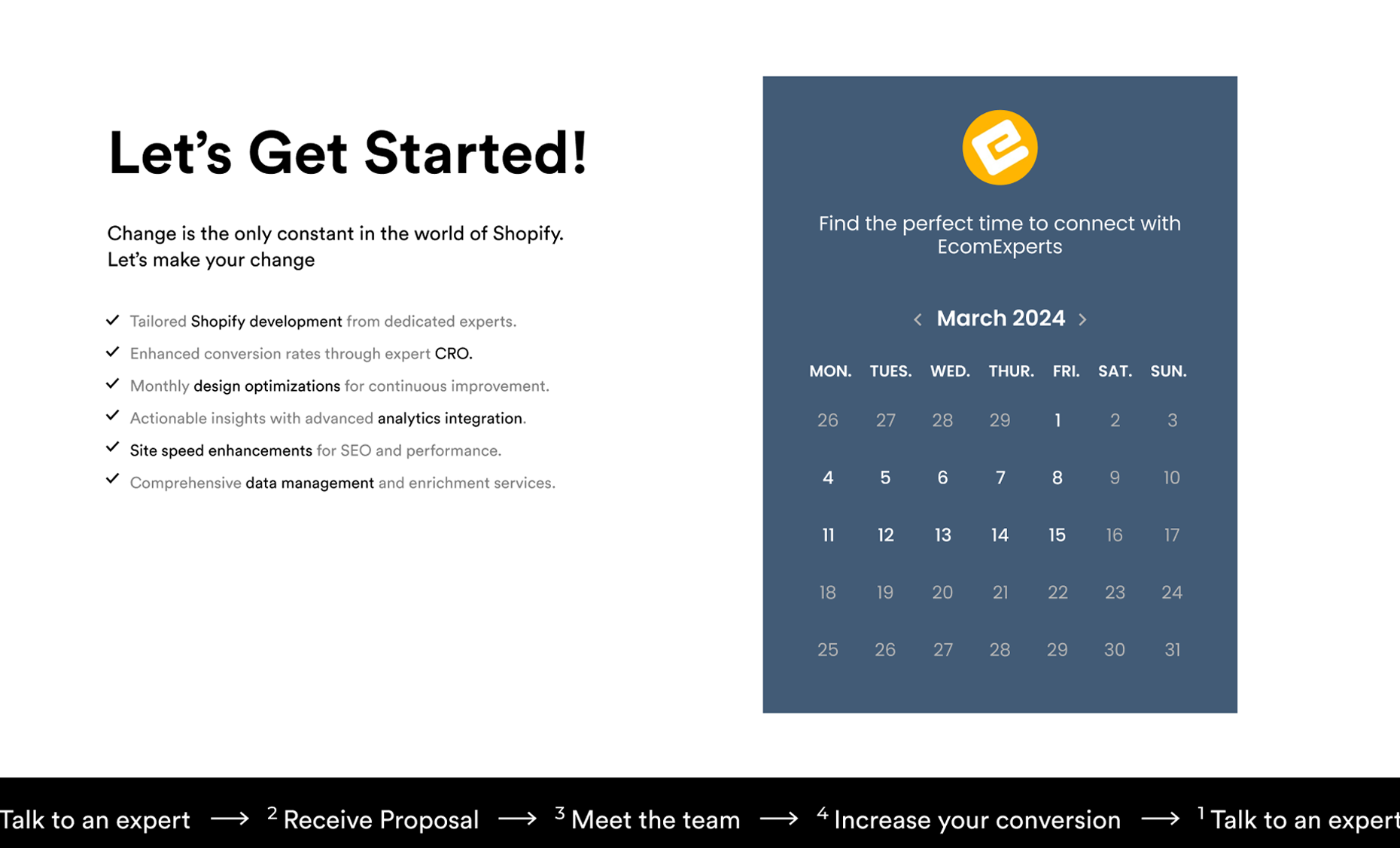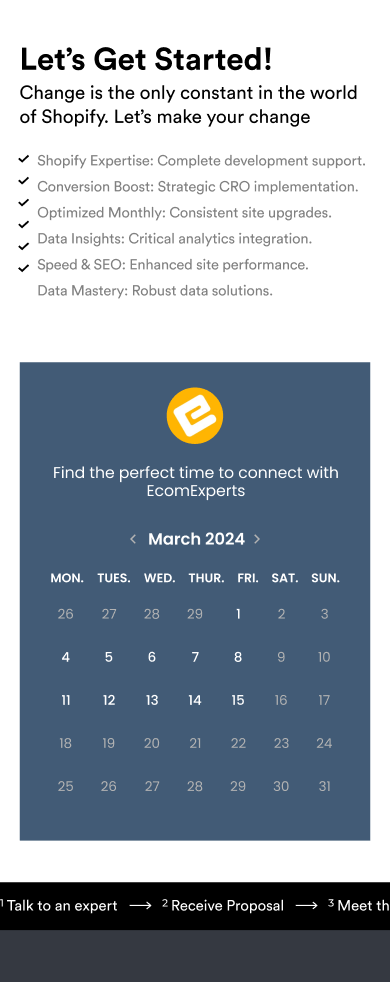You know how you walk into a store and immediately feel a vibe, like it’s your place? That’s what personal branding does for your Shopify store.
It’s more than just slapping your name on a product; it's about making your online store feel like an extension of who you are. Personal branding is about defining what makes you unique and making sure that message comes across in every interaction.
Why Does Personal Branding Matter for Shopify Stores?
Let's be real—there are a lot of Shopify stores out there. What sets you apart?
It’s you.
When you put your personal touch on your brand, it builds trust and makes your store memorable. In 2024, customers want to know the person behind the brand.
They’re not just buying products; they’re buying into a story, a personality. Research shows that personal branding can help you attract the right opportunities and create a strong online presence.
And this isn’t just a passing trend. E-commerce is growing fast—thanks to the COVID-19 pandemic, it jumped from 14% of global retail trade in 2019 to 17% in 2020.
So, the online marketplace is more crowded than ever. Personal branding is your way to break through the noise. It helps you stand out and connect with customers on a personal level, making them more likely to come back for more.
How to Craft an Effective Personal Brand?
Start by asking yourself, "What do I care about?" and "What makes my store different?" Your brand should reflect your values and what you want your customers to feel when they interact with your store.
It's like telling your story—why you started the business, what drives you, and how you’re different from everyone else. Next, take a good look at your current brand. What do people think of you right now?
Do a quick audit: check your website, your social media, and even your customer reviews. What do they say about you? This is your chance to align everything with the story you want to tell.
From your store’s visuals to your product descriptions, every detail should shout, "This is who I am, and this is why you should care."
The Impact of Personal Branding on Shopify Store Sales
So, how does personal branding actually affect your Shopify store sales? It’s simple: people connect with people, not just products.
When customers feel they know the person behind the store, they’re more likely to trust you—and that trust translates directly into sales. According to Harvard Business School, a strong personal brand attracts opportunities that align with your values and skills.
That means when customers resonate with your brand, they’re not just buying your products; they're buying into your story.
Building Trust and Loyalty
Trust is the backbone of any successful business, and personal branding is one of the most effective ways to build it. Personal branding helps professionals showcase their expertise, attract more opportunities, and build a solid online presence.
For a Shopify store owner, this means creating a consistent and genuine presence that your customers can relate to. When you put yourself out there, sharing your journey, your struggles, and your successes, it makes your store feel more authentic.
Customers aren’t just seeing products on a screen; they’re seeing a person they can trust.
From One-Time Shoppers to Loyal Customers
E-commerce is booming. With so many options online, it’s easy for customers to hop from store to store.
Personal branding is what turns a one-time visitor into a loyal customer. When people feel a connection with your brand, they’re more likely to come back. They feel like they’re supporting someone they know, not just another faceless company.
Plus, loyal customers tend to spread the word. They become your brand ambassadors, sharing their positive experiences with friends and family, which brings in even more customers.
The Emotional Connection
Let’s face it: shopping is an emotional experience. Customers don’t just buy products; they buy stories and experiences. By sharing your personal journey—why you started your business, the challenges you’ve overcome, and your passion for what you do—you create an emotional connection.
This connection is what makes your Shopify store unmissable. It gives your customers a reason to choose your store over others because they’re not just buying a product; they’re becoming part of your story.
Crafting Your Personal Brand for Your Shopify Store
Alright, so you know personal branding is key. But how do you actually build a brand that feels like you and resonates with your customers?
Here’s a step-by-step guide to get you started.
Step 1: Discover Your Personal Brand Essence
First things first: you need to know what makes you unique. This isn’t just about listing your products or what you sell. It’s about digging deeper into your values, passions, and what drives you.
Define your purpose—your “why”.
Ask yourself questions like: What do I care about? What makes my story different? What do I want my customers to feel when they interact with my store?
Think about it like this: If your Shopify store were a person, what kind of personality would it have? Fun and quirky? Sleek and professional? Take some time to brainstorm this because it will shape everything else—from the design of your website to how you communicate with your customers.
Step 2: Align Your Personal Brand with Your Shopify Store
Now that you have a clear idea of what your brand is all about, it's time to integrate that identity into your Shopify store. This is where things get exciting.
Your store should reflect your personal brand in every detail. Look at successful Shopify stores like Maguire Shoes; they don't just sell products—they sell a lifestyle that matches the founder's personal style.
Your branding should be cohesive across all aspects of your store. This means choosing colors, fonts, and images that match the vibe you want to create. It’s about consistency.
If you’re aiming for a fun and playful brand, your store's color palette might include bright and bold colors. On the other hand, if your brand is more about sophistication, you might opt for a minimalist design with a neutral color palette.
Step 3: Craft a Compelling Brand Story
Humans are hardwired for storytelling .Personal branding is about crafting a distinct identity that showcases your personality and expertise.
This is where your story comes into play. Share why you started your Shopify store, the challenges you’ve overcome, and what makes you passionate about what you do.
This doesn’t mean you need to write a novel on your About Us page, but it does mean giving your customers a glimpse into who you are and what drives your business.
Use this story in different places on your Shopify store. Your homepage is a great place to start. Use a tagline or a short blurb that sums up your brand in one punchy sentence.
Then, you can dive deeper into your story on your About Us page or even in product descriptions. Remember, customers want to know the person behind the brand.
Bringing It All Together
Crafting your personal brand isn’t about creating a persona—it’s about being true to who you are and sharing that with your customers. When you align your personal brand with your Shopify store, you create a seamless and authentic shopping experience.
It turns casual visitors into loyal customers because they’re not just buying products; they’re buying into your brand and your story.
Integrating Personal Branding into Your Shopify Store's Online Presence
Now that you’ve nailed down your personal brand and crafted a compelling story, it's time to bring that brand to life in your Shopify store. This is where the magic happens—where your personality and vision shine through every corner of your online presence.
Designing Your Shopify Store Around Your Brand
Think of your store design as the outfit your brand wears. It should immediately tell your visitors what you're all about. Brand identity includes visual elements like logo, color scheme, and typography, all of which work together to create a recognizable image.
For instance, if your brand is centered around eco-friendliness, use earthy tones and natural imagery that resonate with sustainability. Start with your store’s homepage. This is your first impression, so make it count. Use high-quality images that reflect your brand's vibe and make sure your branding elements (logo, colors, fonts) are consistent throughout.
Don't underestimate the power of a well-crafted logo—it can serve as an instant identifier for your store. Choose a design that encapsulates your brand's essence, whether that's modern, whimsical, or minimalist.
Using Content to Reinforce Your Personal Brand
Your content is the voice of your brand. This includes everything from product descriptions to blog posts and even your store’s email marketing. It's about communicating your unique value proposition.
So, when you're writing product descriptions, don’t just list features—tell a story. Explain how these products fit into the lifestyle your brand represents. Use language that matches your brand's tone—whether it's casual and friendly or formal and sophisticated.
Beyond product descriptions, consider starting a blog on your Shopify store. Share insights related to your industry, behind-the-scenes looks at your business, or personal stories that align with your brand's values.
The shift to digital commerce has made content a crucial element in engaging customers online. Blogs, newsletters, and social media posts are not just about pushing products; they're about building a relationship with your audience.
The Power of Personal Brand-Driven Customer Engagement
Engagement is where your personal brand really gets to flex its muscles. It's not just about broadcasting your message; it's about creating a two-way conversation. Respond to customer inquiries in a way that reflects your brand's personality.
If your brand is laid-back and friendly, let that come through in your responses. If it’s more professional and polished, maintain that tone in your communications.
Another powerful tool is personalized customer experiences. Send follow-up emails with a personal touch, like thanking a customer for their purchase and telling them how much it means to you.
If possible, include something unique, like a small handwritten note with their order. These small gestures go a long way in showing customers that there's a real person behind the brand who values their support.
Lastly, make sure your social media channels reflect the same personal branding as your Shopify store. Use these platforms to share your journey, interact with customers, and give a behind-the-scenes look into your business. It’s an extension of your store where you can show off the human side of your brand.
Social Media for Personal Branding
Now that you've built a solid personal brand for your Shopify store, it's time to get the word out. Social media is your best friend when it comes to amplifying your brand and reaching a wider audience.
It’s not just about posting products; it’s about sharing your story, connecting with your audience, and creating a community around your brand.
Creating a Consistent Personal Brand Across Social Platforms
Consistency is key. Your social media profiles should reflect the same personal brand identity you've built on your Shopify store. This means using the same logo, color schemes, and tone of voice. Maintaining a consistent brand identity across platforms helps create a recognizable image and reinforces your brand’s message.
For example, if your brand tone is friendly and conversational, carry that same voice into your Instagram captions, Facebook posts, and Twitter updates. Use your social media bio to convey your brand's essence in a few words—whether it’s a fun tagline or a short mission statement.
Connecting with Your Audience Authentically
Social media isn’t just a megaphone for broadcasting your message; it's a space for building relationships. Engage with your audience by responding to comments, direct messages, and mentions in a way that feels personal.
Share behind-the-scenes content, like the process of creating a new product, a day in the life of your business, or even challenges you’ve faced along the way. This transparency fosters trust and makes your brand more relatable.
Interactive content like polls, Q&A sessions, and live videos can also help strengthen the connection. These formats give your audience a chance to engage directly with you, making them feel like they’re part of your journey.
Remember, personal branding is all about building a community around your store, so make sure your social media efforts are focused on sparking meaningful conversations and interactions.
Storytelling Through Social Media Content
Use social media to extend your brand story. Platforms like Instagram Stories, TikTok, and Facebook allow you to share short, engaging snippets of your brand's journey. Share your wins, your struggles, and the "why" behind your store. Content that tells a story and provides value to the audience is crucial in today's digital marketplace.
For example, create posts that showcase the inspiration behind a new product launch or a video explaining what makes your brand unique. These stories give context to your products and deepen the emotional connection with your audience. When customers feel like they know the person behind the brand, they’re more likely to support your store and become loyal followers.
Conclusion
Personal branding is more than just a marketing tactic—it's a powerful way to make your Shopify store truly unmissable. By defining your unique story, values, and personality, you build a brand that resonates with customers on a deeper level. In a world where e-commerce is growing at an unprecedented pace, and competition is fiercer than ever, your personal brand is what sets you apart.
From building trust to fostering loyalty, personal branding creates an emotional connection with your audience, turning casual visitors into dedicated customers. It goes beyond the products you sell; it’s about sharing your journey and inviting your customers to be a part of it. And remember, the key to effective personal branding lies in consistency—across your Shopify store, your content, and your social media presence.
So, take the time to craft a brand that is authentically you, and watch as it transforms not just your Shopify store's sales but also the community around it. Your story is unique, and it’s time to share it with the world.
FAQs
Q1. How does personal branding boost Shopify store sales?
A1. Personal branding builds trust and creates an emotional connection with customers, making them more likely to buy from your store and return for future purchases.
Q2. Can personal branding work for any Shopify store?
A2. Yes, personal branding can work for any store. It's about sharing your unique story and values in a way that resonates with your target audience, regardless of your niche.
Q3. What's the first step in building a personal brand on Shopify?
A3. The first step is self-reflection. Identify what makes you unique, your values, and how you want your brand to be perceived by your audience.
Q4. How can social media help with personal branding?
A4. Social media amplifies your personal brand by allowing you to share your story, engage with your audience, and create a community around your store.
Q5. Do I need to be on every social media platform for personal branding?
A5. No, focus on the platforms where your target audience is most active. Consistency and authenticity on a few platforms are more effective than spreading yourself thin across many.


